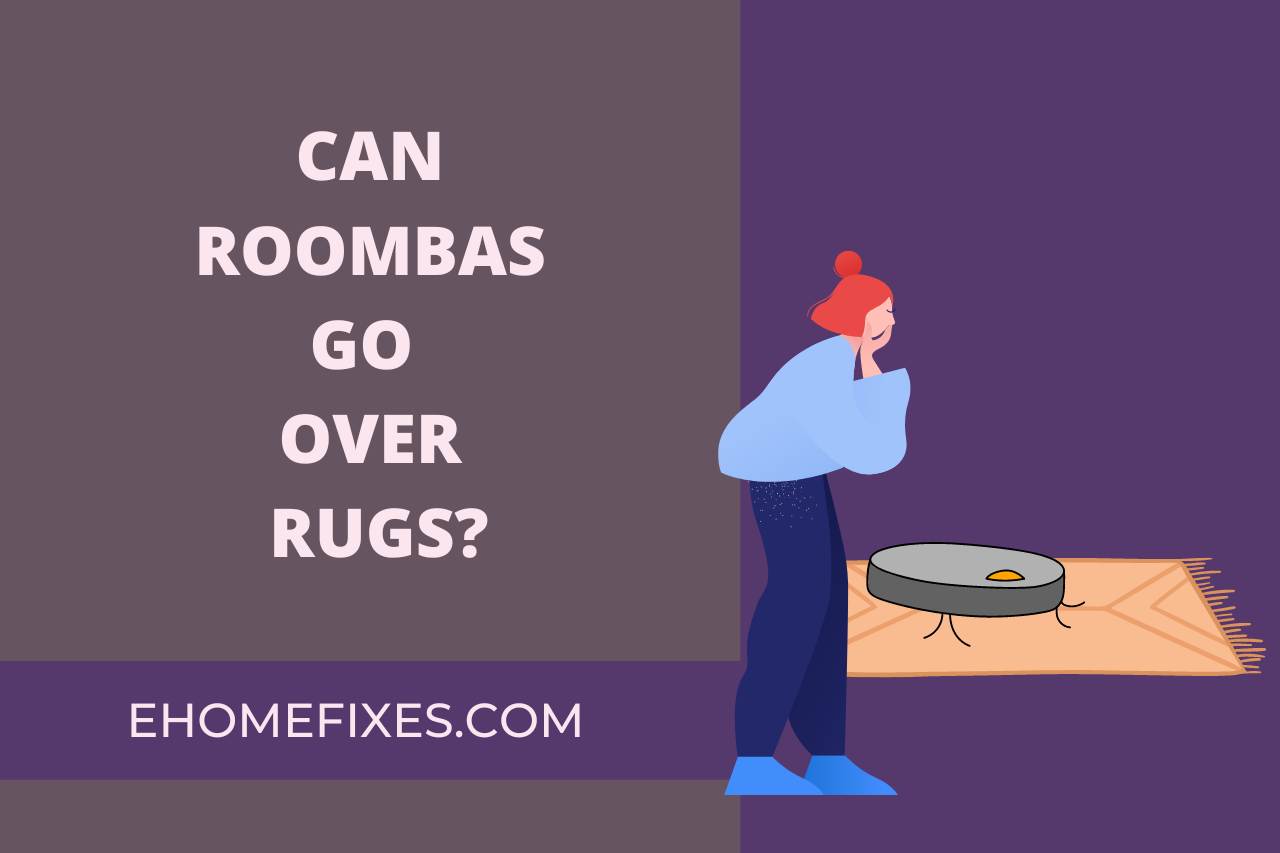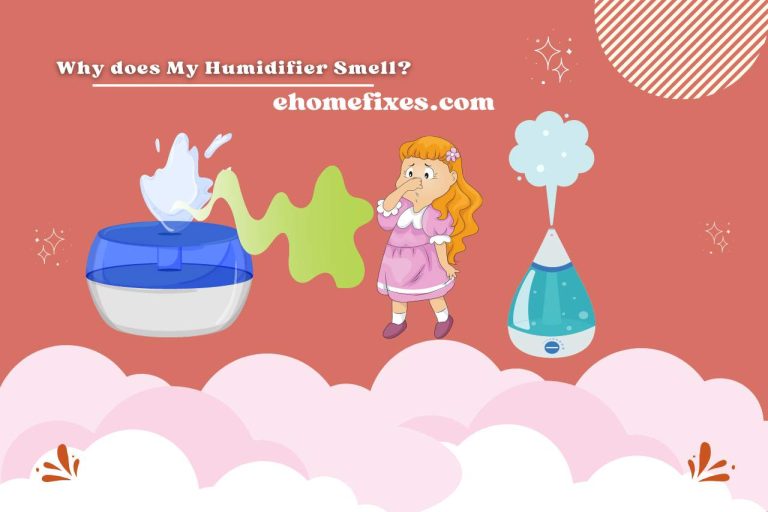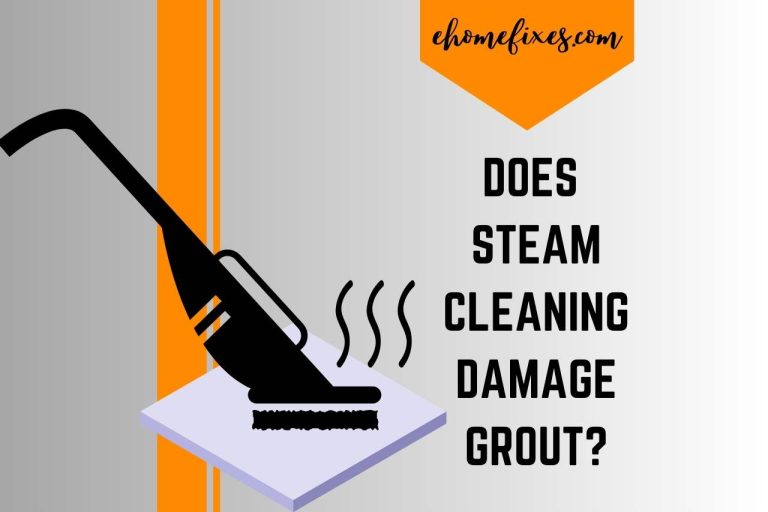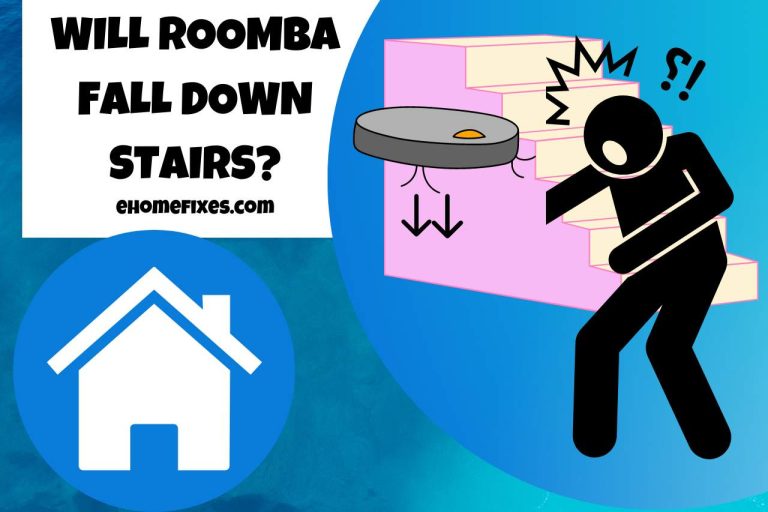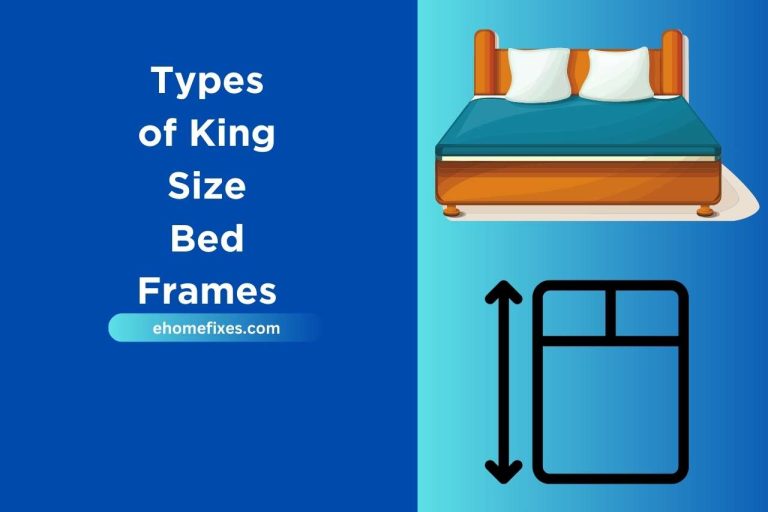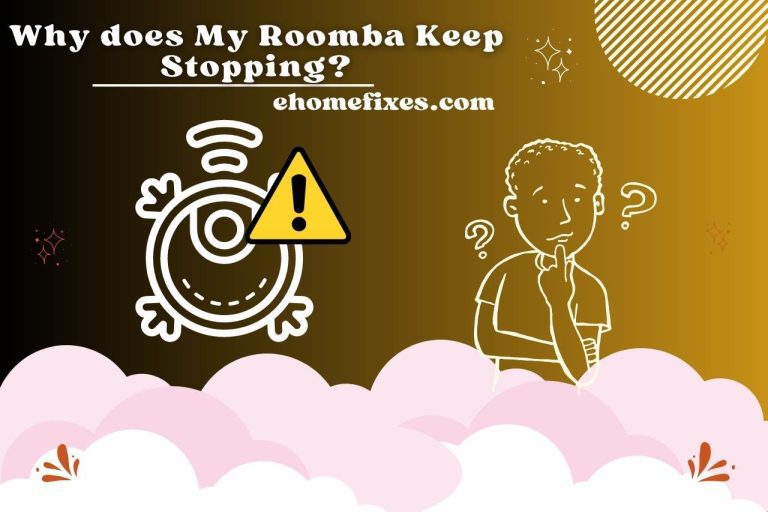Can Roombas Go Over Rugs? Tips for a Smooth Cleaning Experience!
A vacuum cleaner is one of the most heavily used household appliances. Modern vacuum cleaners have a mopping mechanism to mop and clean simultaneously. No matter how advanced the vacuum cleaner is, it takes considerable time and energy. To overcome the issues of manual labor, a robot vacuum cleaner has been introduced, but it comes with a set of challenges. Some of them include room mapping, efficient route planning, Multiple floor types, and identifying obstacles. Roombas is a robot vacuum cleaner developed by iRobot, which has successfully solved these challenges. This article is about “Can Roombas go over rugs?” which has been a major issue regarding the efficiency of robot vacuum Cleaners.
Do Roombas have Special Features for Rug Cleaning?
Roombas use sensors, lasers, and even cameras to identify carpets and other objects in their path. Roombas use unique features when cleaning a mat, as it differs from a standard floor. Also, roombas do a more powerful suction when a rug is detected.
Which means it uses more power. The technology behind the Roombas makes it go to the charging station, charge itself, and start the cleaning from where it stopped.
The size of the dust container is another critical factor when it comes to cleaning rugs. The Roombas use a suction station. The dust container cleans itself and starts cleaning after charging.
Can Roombas Go Over Rugs?
A Roomba can climb a height of 1.6 cm. This means it can easily climb onto a rug below 1.6 cm thick and clean it. There are several ways to get the Roomba to clean carpets more than 1.6 cm in thickness.
Once the machine is on the rug, it will clean according to the predefined settings, as it will sense the carpet with its sensors. Placing a lesser thick rug adjoining to a thicker rug will cause the Roomba to climb to the thicker rug and clean it.
There are some downsides when it comes to cleaning rugs. Rugs with tassels around them can cause problems as they can get stuck in the brush rolls. The same applies to high-pile rugs like shag carpets.
In such cases, defining a no-go zone for the Roomba is better. If the facility is unavailable, just putting a barrier around the rug will avoid unnecessary stickups and damage.
Can Roomba Go from Hardwood to Carpet?
A Roomba will go from a hardwood floor to a carpet if the thickness of the carpet is not more than 1.6 cm.
Fixing ramps or using a lesser thick rug alongside the carpet, which is more than 1.6 cm wide, can cause a Roomba to climb onto it and do the necessary cleaning.
Warps and wefts around a carpet can cause a lot of trouble to a Roomba as they could get sucked into the vacuum cleaner and its brushes.
The same applies to high-pile carpets like shag carpets. As explained in the earlier chapter, the solution is to define a no-go zone or put up a barrier.
Can Roomba Damage Rugs?
When frequently used, a Roomba can rip out loose fibers, cause spotty patches, and even destroy the rug, especially when the carpet is old.
Tassels, warps, and wefts around a wig can get sucked into the vacuum cleaner and entangle the brushes damaging both the rug and the vacuum cleaner.
There are costly and straightforward solutions to avoid these types of damages. Though there are no guarantees, most high-end Roombas do not damage rugs but are much more expensive.
As explained earlier, damage-preventing measures can be applied without cost or with a small price.
Defining a no-go zone for the Roomba is the most effective one, and this option is only available in high-end vacuum cleaners. Using barriers prevents the Roomba from entering the rugs.
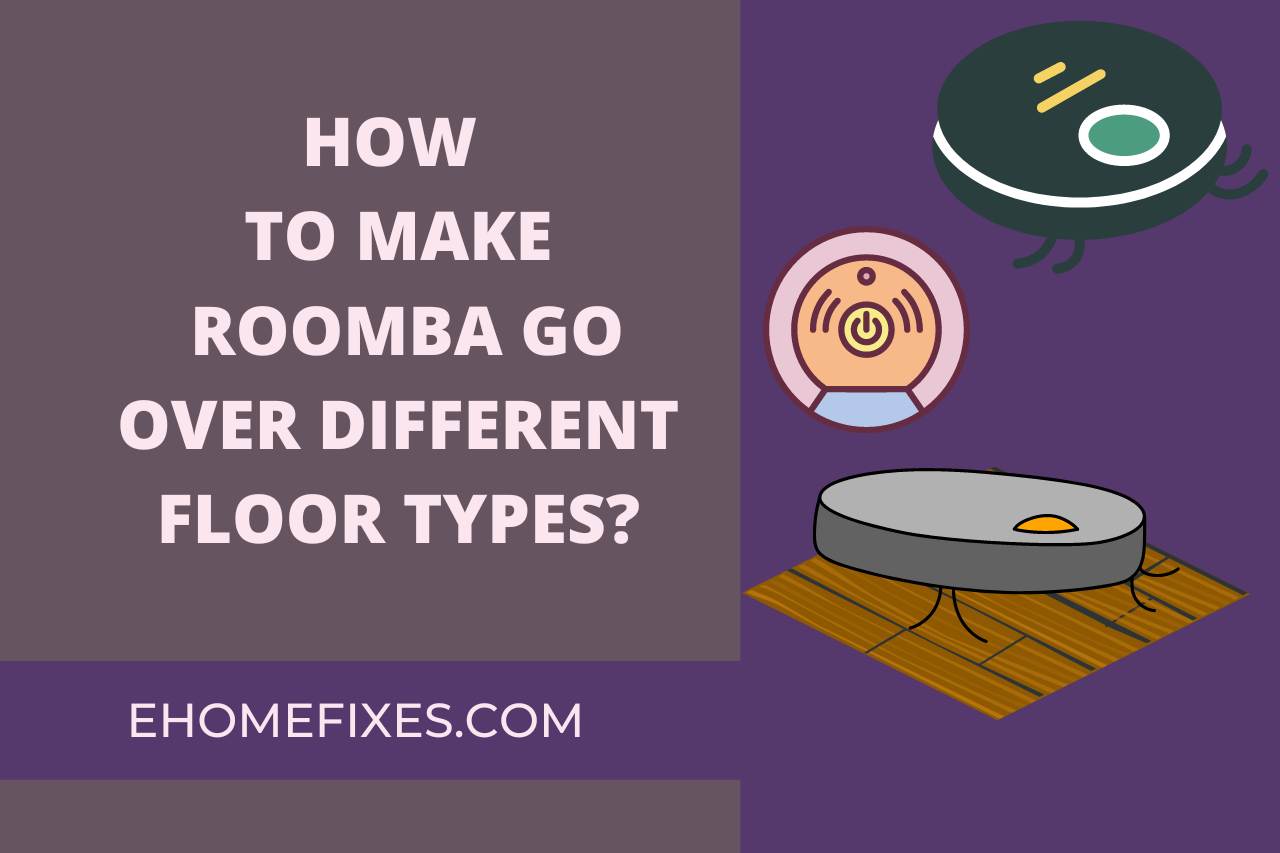
How to Make Roomba Go Over Different Floor Types?
- Roomba i7
- Roomba i8
- Roomba j7
- Roomba s9
- Braava M6 (Smart Mop.)
The above Roomba models have the option of intelligent mapping. This feature is entirely different from the traditional mapping of a room or house, and the machine can store up to 10 floors in its memory.
The mapping is done by the Roomba, which will be done while cleaning the new floor. Roomba can identify the map just by moving across the room, and cleaning is done according to a set pattern avoiding any missed areas.
A Roomba cannot climb up or down stairs. Once one floor is done, the unit must be carried to the other. This creates the need for a new home base.
Usually, a home base is a charging station and an auto-empty base. The Roomba will map the floor with or without a second home base and start cleaning. The map can be customized to have cleaning zones, keep-out zones, etc.
Can Roomba Go Over Thresholds?
Roomba can go over a maximum of 1.6 cm threshold. By fixing ramps or creating an intermediate height using a rug or a doormat, a Roomba can cross a point higher than 1.6 cm.
There are cases where a Roomba should not be allowed to cross into another room. Using a random navigation Roomba without mapping capabilities on multiple rooms can make the cleaning a mess.
In a specific scenario, a Roomba can clean only a part of the first room, move on to the next room through the threshold, start with the second one, and go on to the other rooms and may not return to clean the first room again.
In situations like this, a threshold above 1.6 cm will be a better idea, but moving the Roomba room to room should be done manually. Fortunately, the newer Roombas have the mapping capability, and cleaning will be done using a set pattern. The robot knows its position and the room area it has cleaned at any given time.
How Well Do Roombas Clean Rugs?
Roombas can clean the carpets quite well. They have rubber brushes to pick up debris on rugs and carpets, which work well on hard surfaces. The suction is quite powerful for its size, which can pick up dust, dander, and dirt from a rug. With all these features, there are drawbacks when it comes to carpets.
- Crossing Over Carpet Edges – Due to the fringes or the height of the maximum obstacle crossing (1.6 cm).
- Suction Power – Though the suction power is quite good for its size, it may not be powerful enough to suck out all the debris, especially buried under the long fibers. A high pile carpet will be harder to clean.
- Limited Power and Dust Bag Size – More power is used for suction when cleaning carpets and rugs, and the more chance of draining the battery. Rugs and carpets collect more dust and debris, and cleaning them can cause the dust bag to fill quickly.
- “Black hole”: Carpets in black or darker colors are misidentified.
Watch this one,
Video Credits – Robot Masters
You May Also Like

